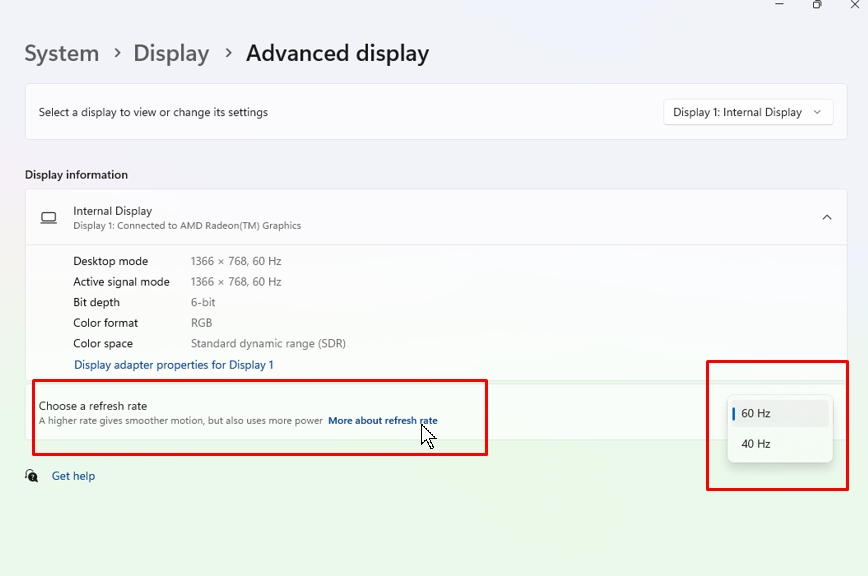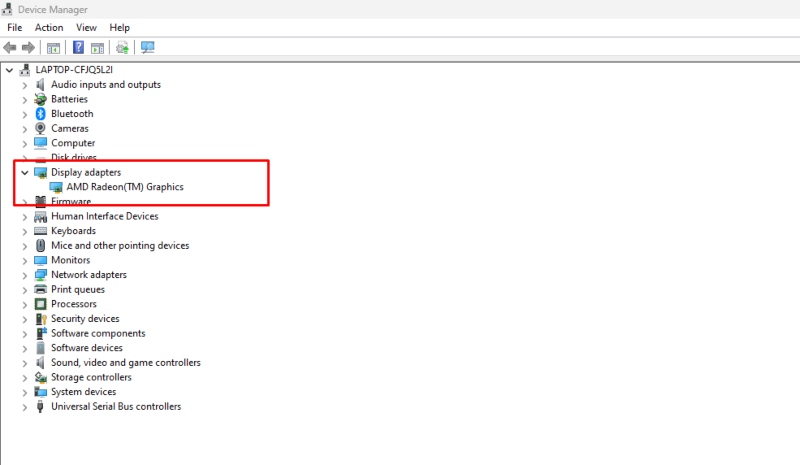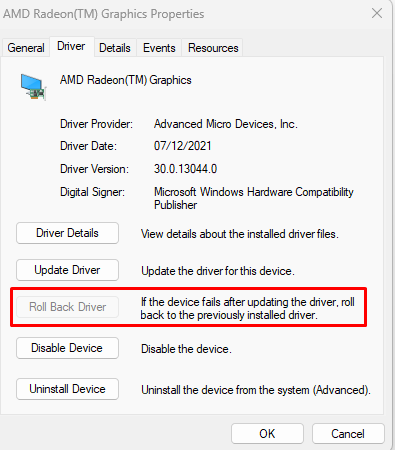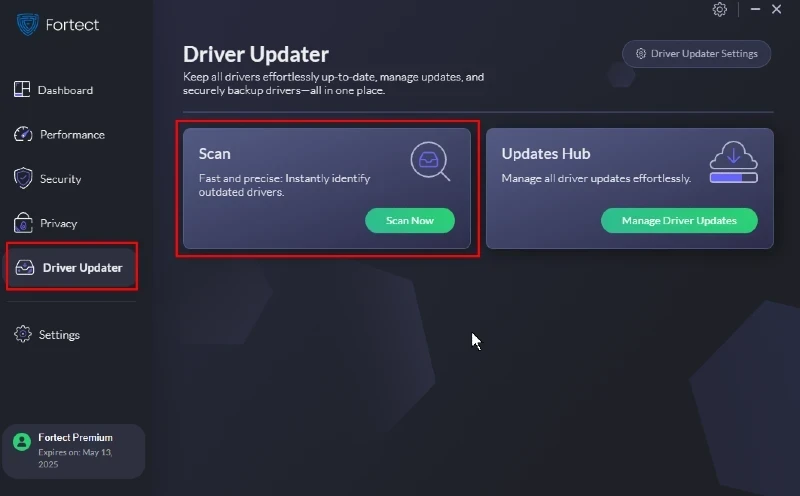How to Fix Screen Flickering on Windows 10 and 11
Screen flickering and flashing on your computer can be a real headache. It’s not just frustrating- it can make using your PC a real challenge. This might happen for a few reasons, from issues with your hardware to outdated drivers or software that doesn’t play nice with your system.
We have a straightforward solution to this problem on Windows 10 and 11. No muss, no fuss.
6 Fixes: Screen Flickering on Windows 10 and 11

Check Your Monitor and Cables
Before getting into software solutions, it’s essential to rule out these issues.
Here’s how you can do it:
- Inspect Monitor: Ensure your monitor is in good working condition. Check for visible damages or defects, and consider the possibility that liquid may have been spilled on it without your knowledge.
- Check Cables: Ensure all cables (HDMI, VGA, DisplayPort) are securely connected to your monitor and computer. Replace any damaged or worn-out cables.
- Test with Another Monitor: Connect your laptop to a different monitor to see if the issue persists. This will help determine if the problem lies with the monitor or the computer. I had this experience a year ago when my screen started to flicker, so I bought a new monitor and connected it to my laptop, and the problem stopped. It turned out that my monitor ( hardware ) was broken.
Set the Correct Refresh Rate

- Open Settings: Press Win + I to open the Settings app.
- Go to System Settings: Navigate to System > Display.
- Advanced Display Settings: Scroll down and click on Advanced Display Settings.
- Select Refresh Rate: Under Refresh Rate, choose the recommended value for your monitor from the drop-down menu.
- Apply Changes: Click Apply to save the changes.
Reset Your Display Driver

A problematic display driver can often cause screen flickering. Resetting the driver can help:
Remove Driver
- Open Device Manager: Right-click on the Start button and select Device Manager.
- Find Display Adapters: Expand the Display Adapters section.
- Uninstall Driver: Right-click on your graphics card and choose Uninstall device. Confirm any prompts that appear.
Install New Driver
- Visit the manufacturer’s website: Go to the manufacturer’s website for your graphics card manufacturer (e.g., NVIDIA, AMD, Intel).
- Download the Latest Driver: Find and download the latest driver for your specific graphics card model.
- Install Driver: Follow the on-screen instructions to install the new driver.
Rollback Driver if Issue Persists

- Open Device Manager: Right-click on the Start button and select Device Manager.
- Find Display Adapters: Expand the Display Adapters section.
- Rollback Driver: Right-click on your graphics card, choose Properties, go to the Driver tab, click Rollback Driver, and click the OK button.
If you suspect an outdated or corrupt driver is causing your screen to flicker, try Fortect PC Solution with Driver Updater. The free version lets you manually update drivers individually, while the premium version automatically scans, examines, and updates all outdated drivers, keeping your system current with minimal effort.

Download and Install Fortect now.
Uninstall Incompatible Apps
Specific applications can be incompatible with your system, causing screen flickering. Here’s how to identify:
- Open Settings: Press Win + I to open the Settings app.
- Go to Apps: Navigate to Apps > Apps & features.
- Identify Problematic Apps: Look for recently installed applications that might be causing issues.
- Uninstall Apps: Click on the problematic app and select Uninstall.
Reseat Your Graphics Card
If your graphics card is incorrectly seated, it can cause screen flickering. Follow these steps to reseat it:
- Power Off Your PC: Turn off your computer and unplug it from the power source.
- Open the Case: Remove the side panel of your computer case.
- Reseat the Graphics Card: Carefully remove the graphics card from its slot and then firmly reseat it. Ensure it is securely in place.
- Close the Case: Turn the side panel on and plug it into your computer.
- Power On Your PC: Turn on your computer and check if the issue is resolved.
Uninstall Problematic Applications
Some applications can interfere with the display settings and cause screen flickering. Here’s how to uninstall them:
- Press Win + I to open the Settings app.
- Go to Apps: Navigate to Apps > Apps & features.
- Identify Problematic Applications: Look for any applications installed when the issue started.
- Uninstall Applications: Select the problematic application and click Uninstall.
Common Reasons Why Your Screen Monitor Flickers
- Loose or Faulty Cables: Poor connections or damaged cables can disrupt the signal.
- Incorrect Refresh Rate: Setting the refresh rate too high or too low can cause flickering.
- Outdated or Corrupt Drivers: Graphics drivers that need to be updated or corrupted can lead to display issues.
- Hardware Issues: Faulty components such as the monitor, graphics card, or power supply can cause flickering.
- Interference from Other Devices: Electromagnetic interference from nearby devices can disrupt the monitor’s signal.
- Overheating: Excessive heat can cause components to malfunction and lead to screen flickering.
- Resolution Settings: Incompatible resolution settings can cause flickering.
- Software Conflicts: Incompatible or malfunctioning software can cause display problems.
Conclusion
Screen flickering and flashing on Windows 10 and 11 can be annoying, but you can resolve these issues correctly. Start by checking your hardware and cables, then adjust the refresh rate and reset your display driver. If the problem persists, reseat your graphics card and uninstall any incompatible or problematic applications.
By following these steps, you can enjoy a stable and flicker-free display.


![How To Undo Windows Update [Rollback Windows Updates]](https://wp-cdn.fortect.com/uploads/2023/04/20093700/undo-windows-update-425x300.jpg)

